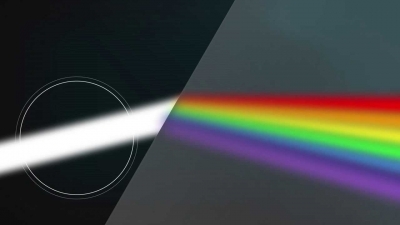What is a force?

A force pushes or pulls something in a particular direction. Isaac Newton was the first person to make a study of forces. He realized that when an object produces a force on something else, there is an equal and opposite reaction. For example, if you wear roller skates and push against a wall, exerting a force, you will be pushed away with just as much force as you are applying.
Picture credit: google













